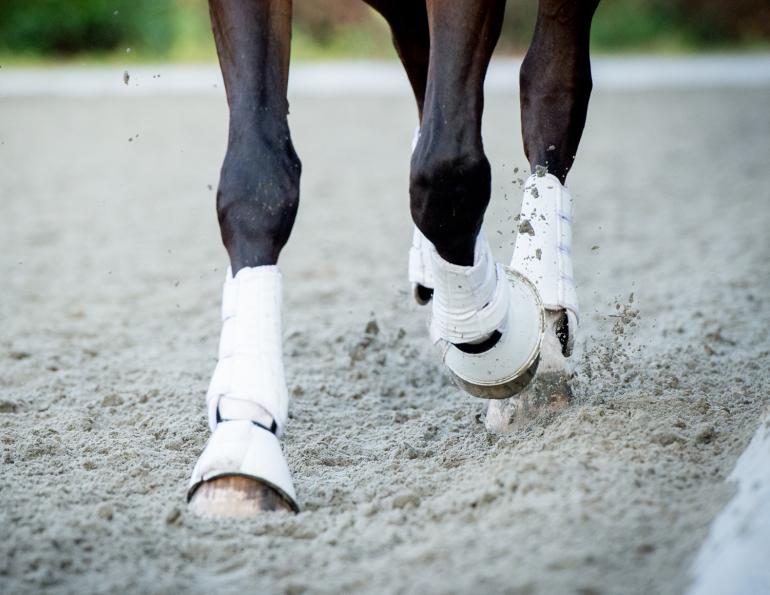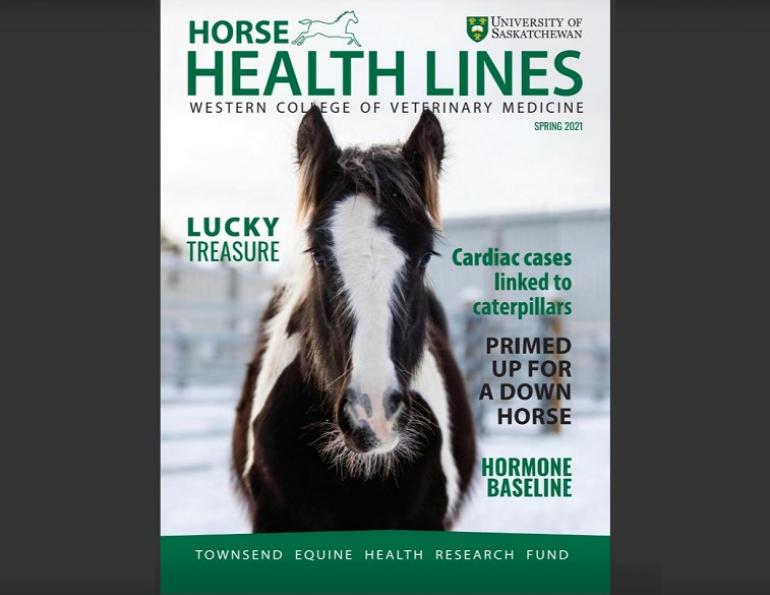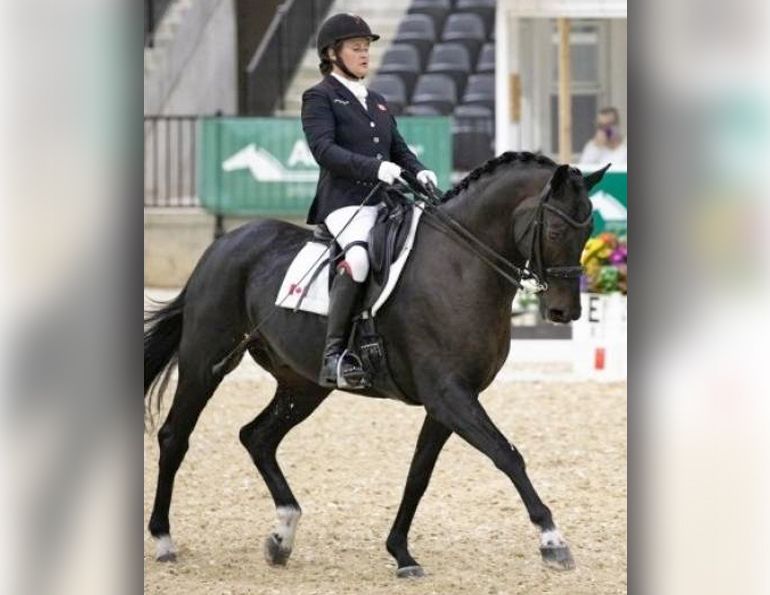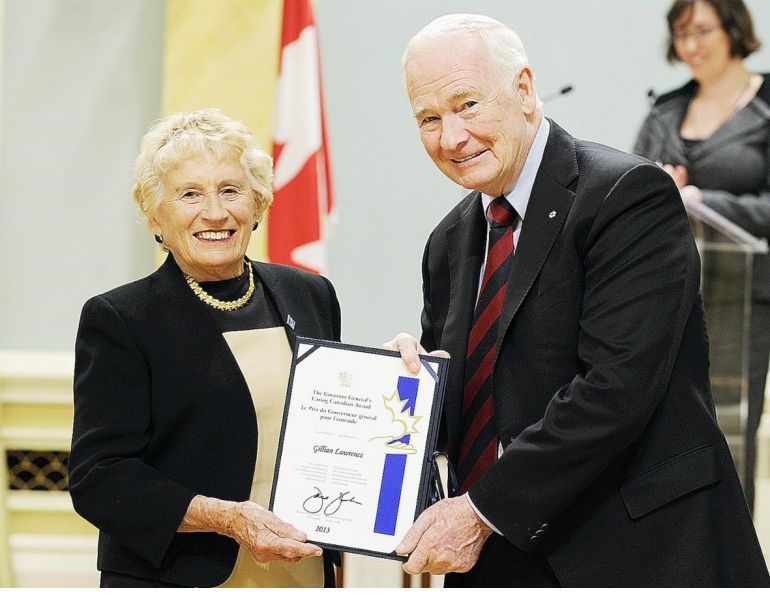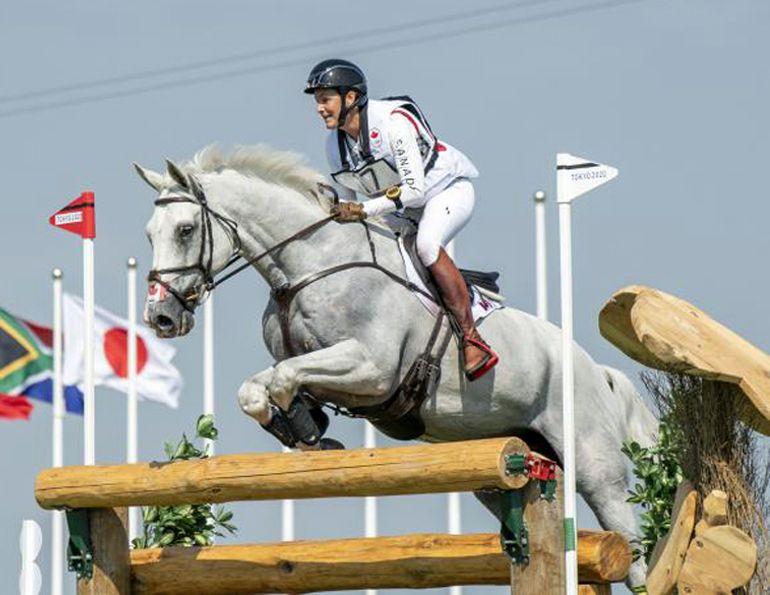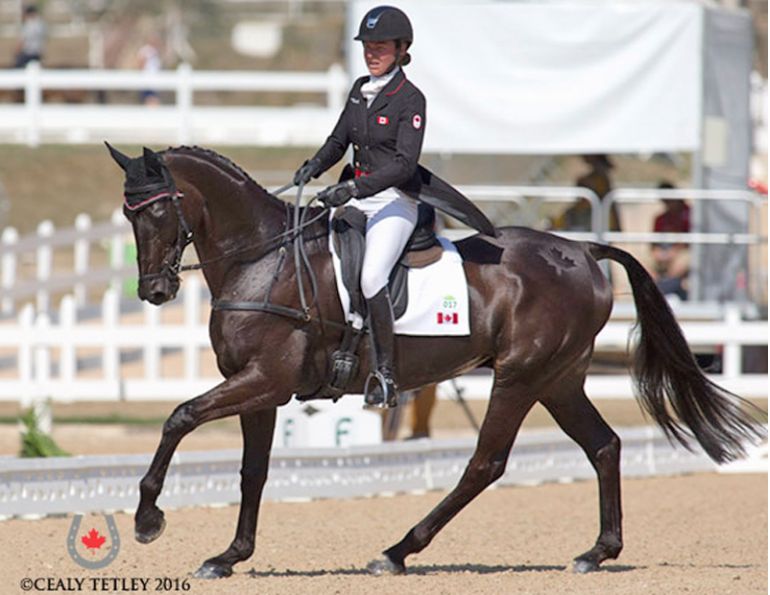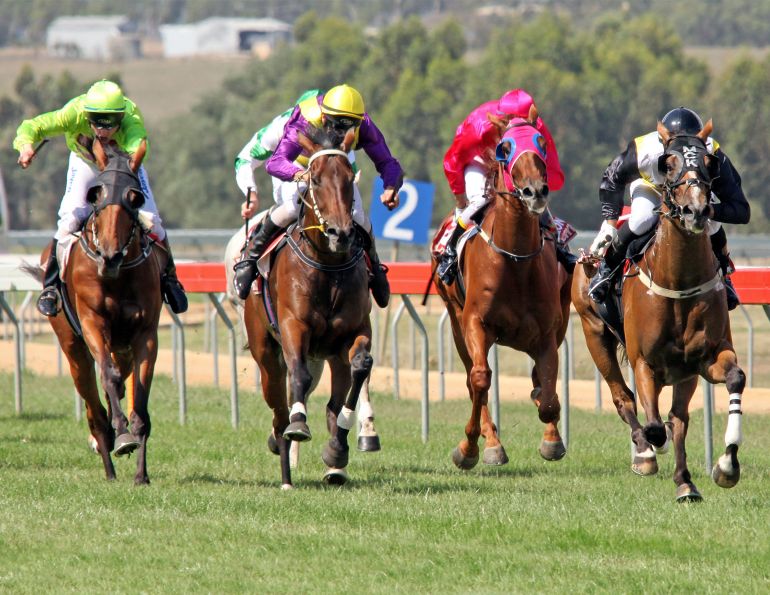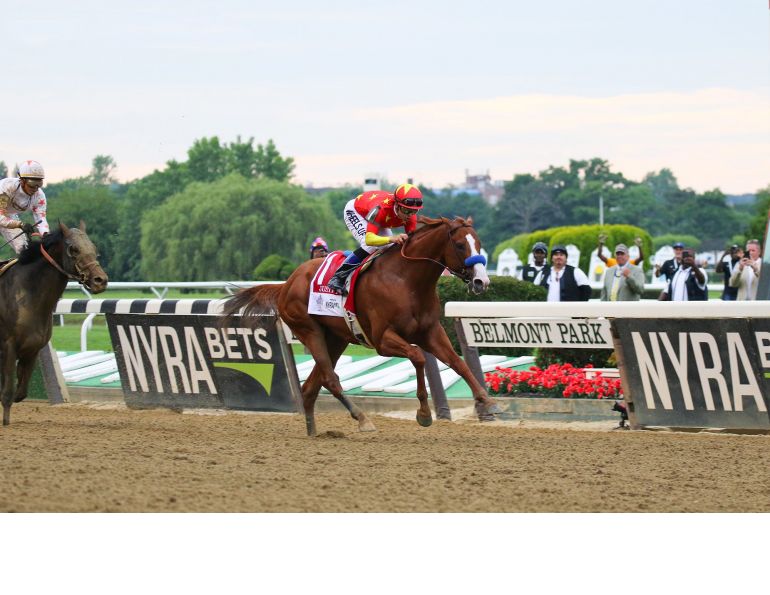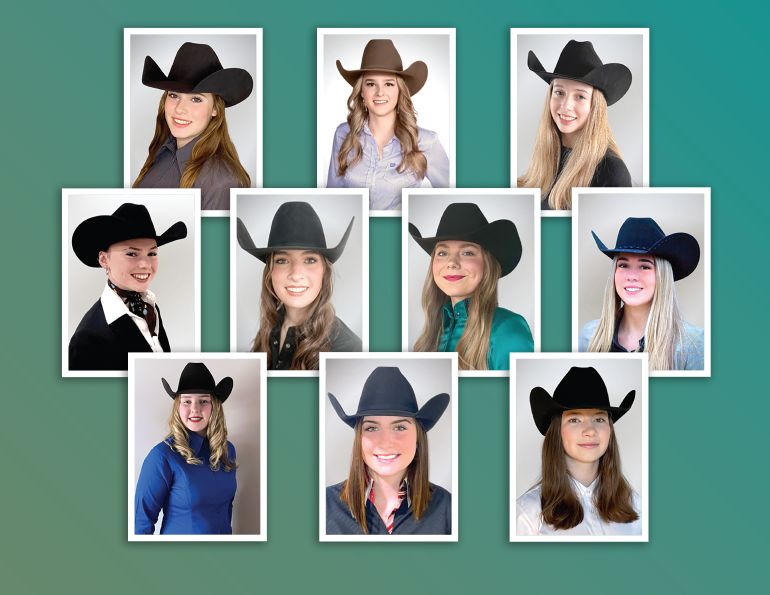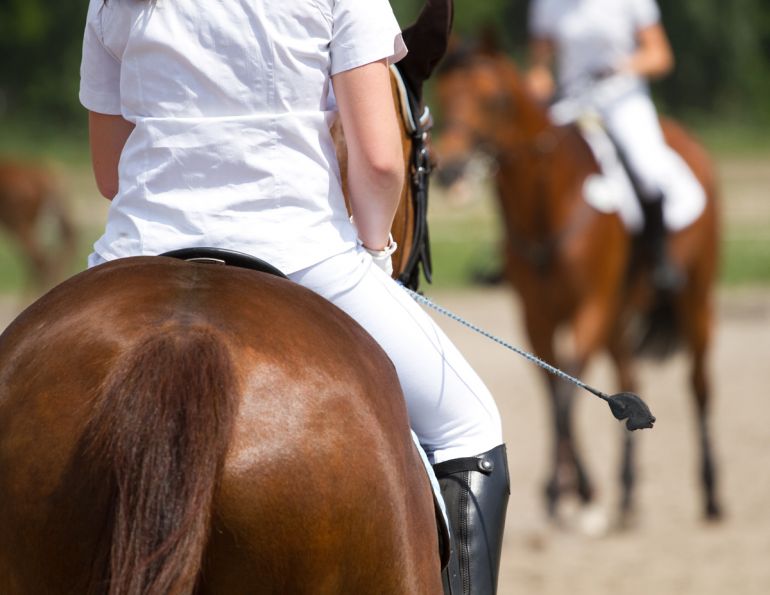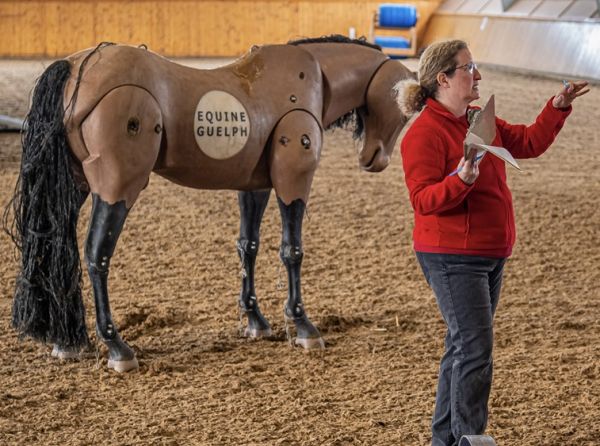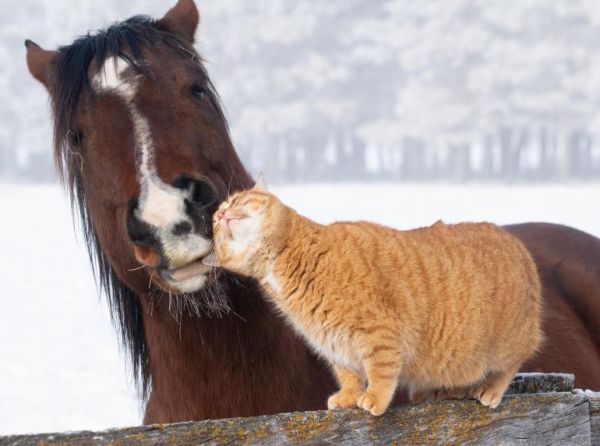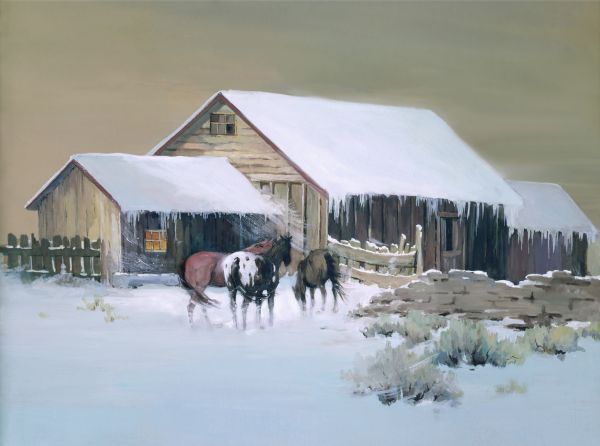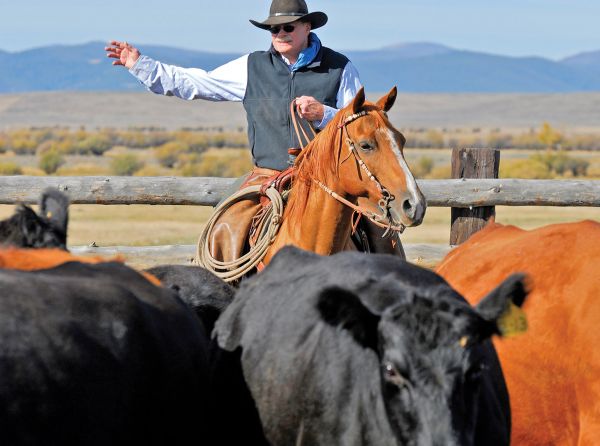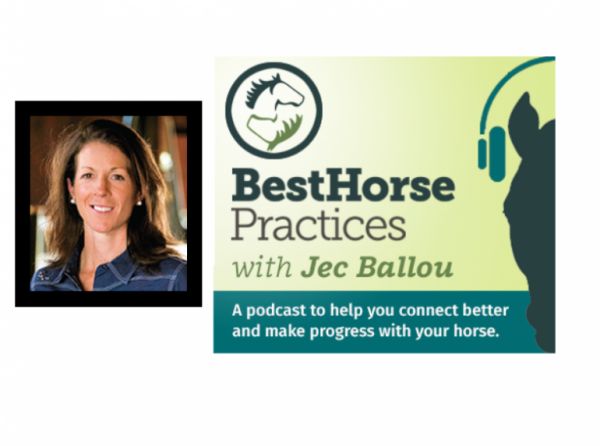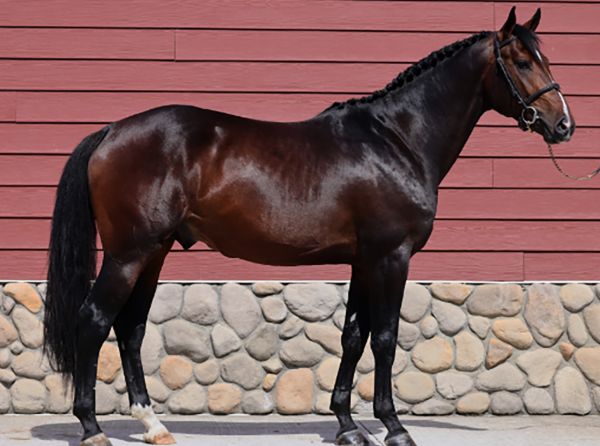Researching the interaction between hoof and ground
Source: International Society for Equitation Science
Would your choice of footing change if you spent some time looking at the massive collection of data in the laboratory of Dr. Jeff Thomason?
How about the way you train on that surface?
Groundbreaking research has been going on at the Ontario Veterinary College (OVC) for quite some time, taking a detailed look at interaction of the hoof with the ground, including the shock and forces acting on the horse’s leg. Studies have been conducted using a wide variety of surfaces and conditions in racing and various sport horse disciplines. Thomason has been measuring joint loading since 1985 when he put his first strain gauges on a hoof. Each study adds to the growing body of knowledge, which ultimately serves to optimize surfaces in order to reduce sports injuries.
Effects of Surface and Animal Size on Hoof Loading in Horses
OVC student, Alexis Szpakowski, presented her findings on the interaction between body size and surface type on hoof loading at the International Society for Equitation Science Conference held August 2019 at the University of Guelph.
Szpakowski’s study included ten horses of varying breeds and ranging in size from approximately 356 kg to 673 kg. Three strain gauges and an accelerometer were glued to both front hooves to measure the strain, as a surrogate of force, and acceleration experienced by the hoof while the horse is in motion.
The same rider piloted each horse at a trot on two surfaces: an indoor arena with firm sand mix, and a soft sand outdoor ring. Loading measurements were recorded from impact, slide, and mid-stance for a minimum of 10 stances.
When comparing the two surfaces, preliminary results reveal the loading measurements for impact, slide, and force at mid-stance were all lower for the soft sand ring by 10 to 60 percent.
Results concerning the size of the horse revealed that slide values were not affected by size. However, impact accelerations decreased in the firmer sand mix indoors, but not in the softer sand outdoors. Mid-stance loading increased as the weight of the horse increased in the soft sand outdoors, but not on the firmer surface indoors. This result was not immediately intuitive for the researchers and suggests that larger animals experience more mid-stance loading on softer surfaces.
“Footing is very important simply because the characteristics of each surface directly affect the loading of the hoof,” says Szpakowski, “I loved the hands-on aspect of data collection in this study and how even preliminary results, such as mine, can contribute to a growing body of knowledge to improve equine health and help reduce injuries related to footing including lameness and limb fractures.”
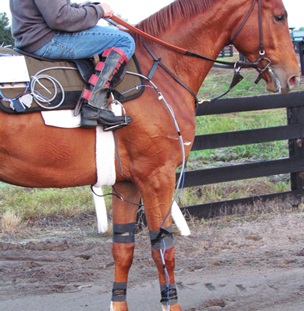
Photo courtesy of ISES
Thoroughbred Limb Loading Study
OVC graduate student, Danielle Halucha, presented findings from her study on asymmetrical limb loading in thoroughbred racehorses as a possible cause for injury at the 2019 International Society for Equitation Science conference as well.
Under the direction of Thomason, Halucha’s study set out to quantify mechanical changes in loading comparing both forefeet of Thoroughbred racehorses among various locomotory conditions that are normal for training and racing: speed, lead (left lead or right lead), and curve (turn or straight). The aim was to identify changes within locomotory condition that are sufficiently large to be implicated in the causation of injuries for which the conditions are known risk factors.
In this study, comparing loading of the forelegs, Halucha explained, “Mid-stance stood out as having the greatest average percentage change for both means and variances compared to other phases of the horse’s stride.”
When the hoof is on the ground, this stance is divided into four phases: primary impact, secondary impact, midstance, and breakover, during which the hoof experiences different forces and accelerations. Each phase is associated with a risk factor for injury; however, it is difficult to identify mechanical cause of injury.
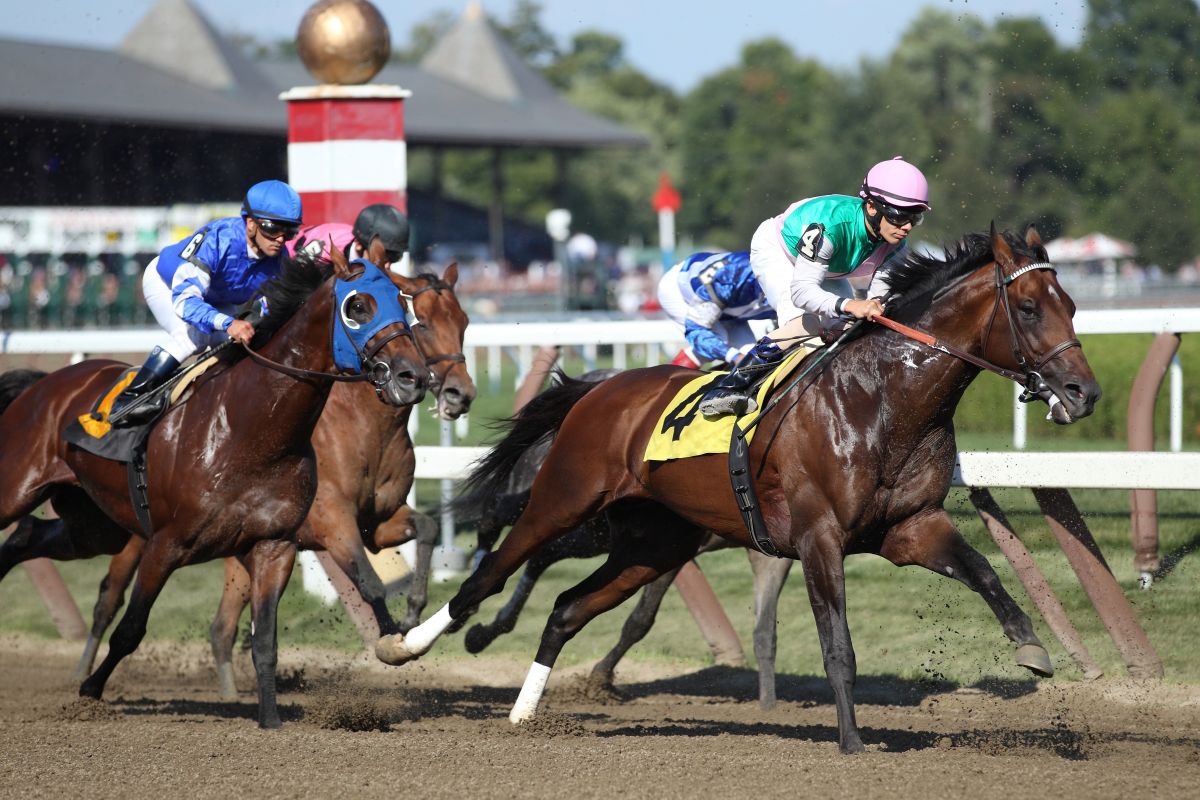
Photo: Shutterstock/Dennis W. Donahue
When Thomason’s team attaches hoof sensors and accelerometers, over 30 measurements are being taken per footfall; all to do with shock and loading and timing thereof.
This study looked at risk factors for injury and loading of the hoof under different conditions. These conditions were chosen from the Equine Injury Database and current epidemiologic studies conducted on North American racehorses.
“There are many risk factors for injury in North American racing that have already been documented through various epidemiologic studies,” says Halucha. “Some of these include age of the horse, experience and the racing surface. However, the underlying mechanical cause of injuries is not well understood. In order to minimize the risk of mechanical injuries, we must understand what, in regards to mechanical loading, is changing or going wrong.”
Significant differences in the variances were noted in this study, raising the possibility that some degree of unpredictability in loading should be further investigated when addressing the causes of injury.
“I would love to go back and examine the outliers and potential outliers more closely and see what information they might hold,” says Halucha. “With regards to biomechanics research in general? I think that by continuing to dissect out the complexities of loading and what can affect it, we are getting closer to the potential mechanical causes of injury.”
The idea that the horse “took a bad step” suggests that the variability and the outliers in the data set collected might provide more information than the magnitude of loading or mean changes in loading when identifying risk factors for injury.
Save the Date
The International Society for Equitation Science (ISES) is a not-for-profit organisation that aims to facilitate research into the training of horses to enhance horse welfare and improve the horse-rider relationship.
For more information visit www.equitationscience.com, or contact ISES Hon. President Orla Doherty, presidents@equitationscience.com.
Main photo: Shutterstock/Fotografie



